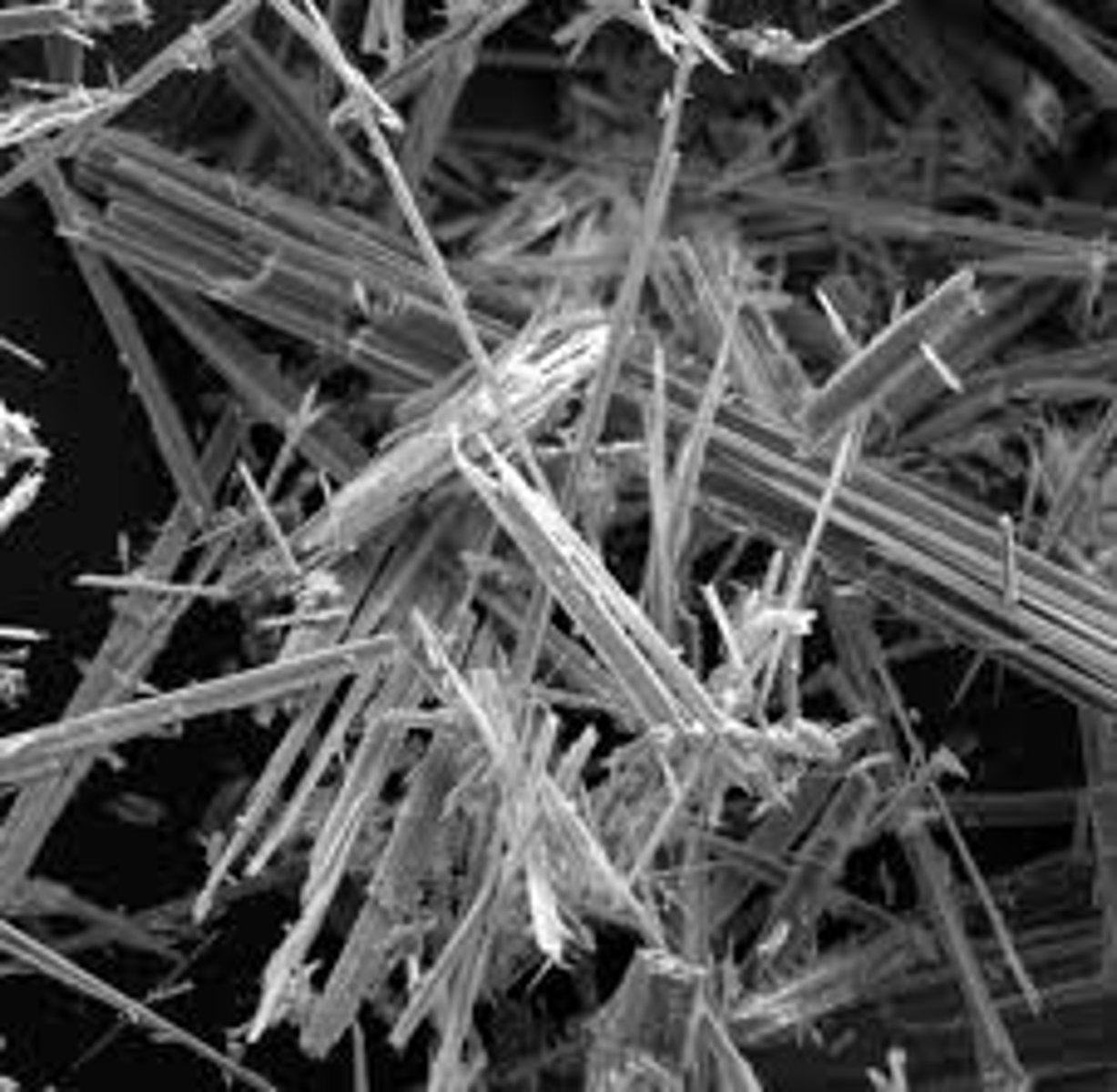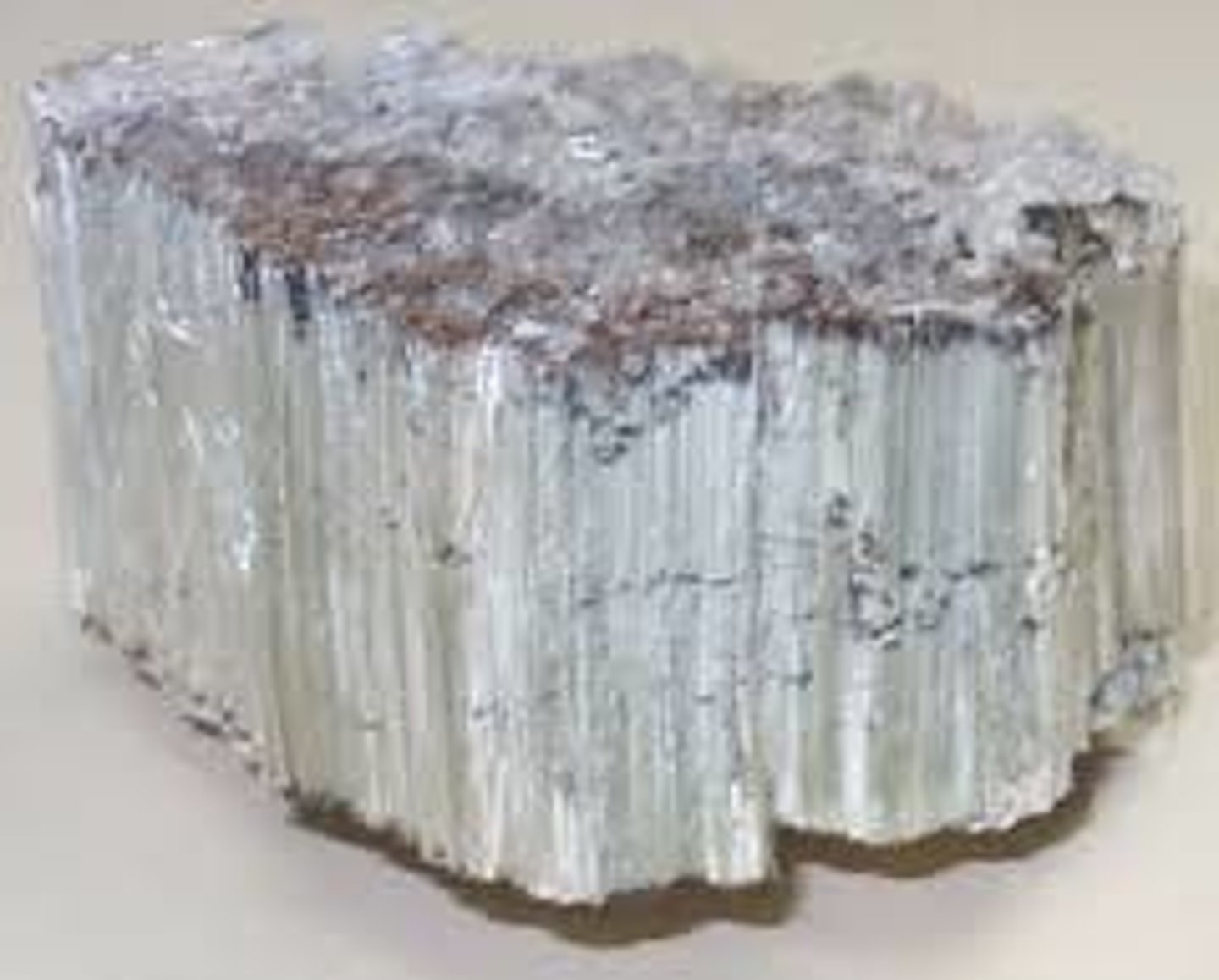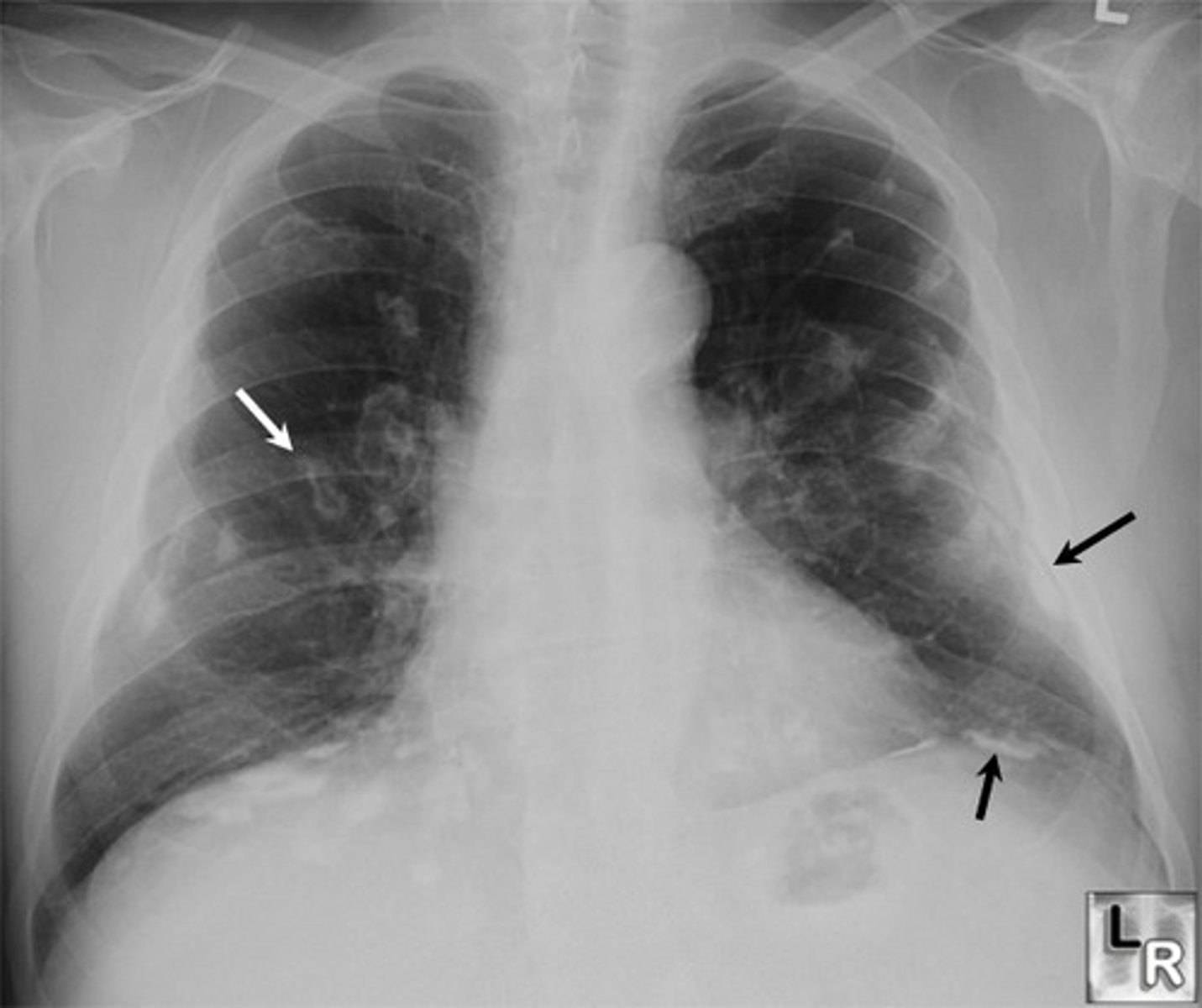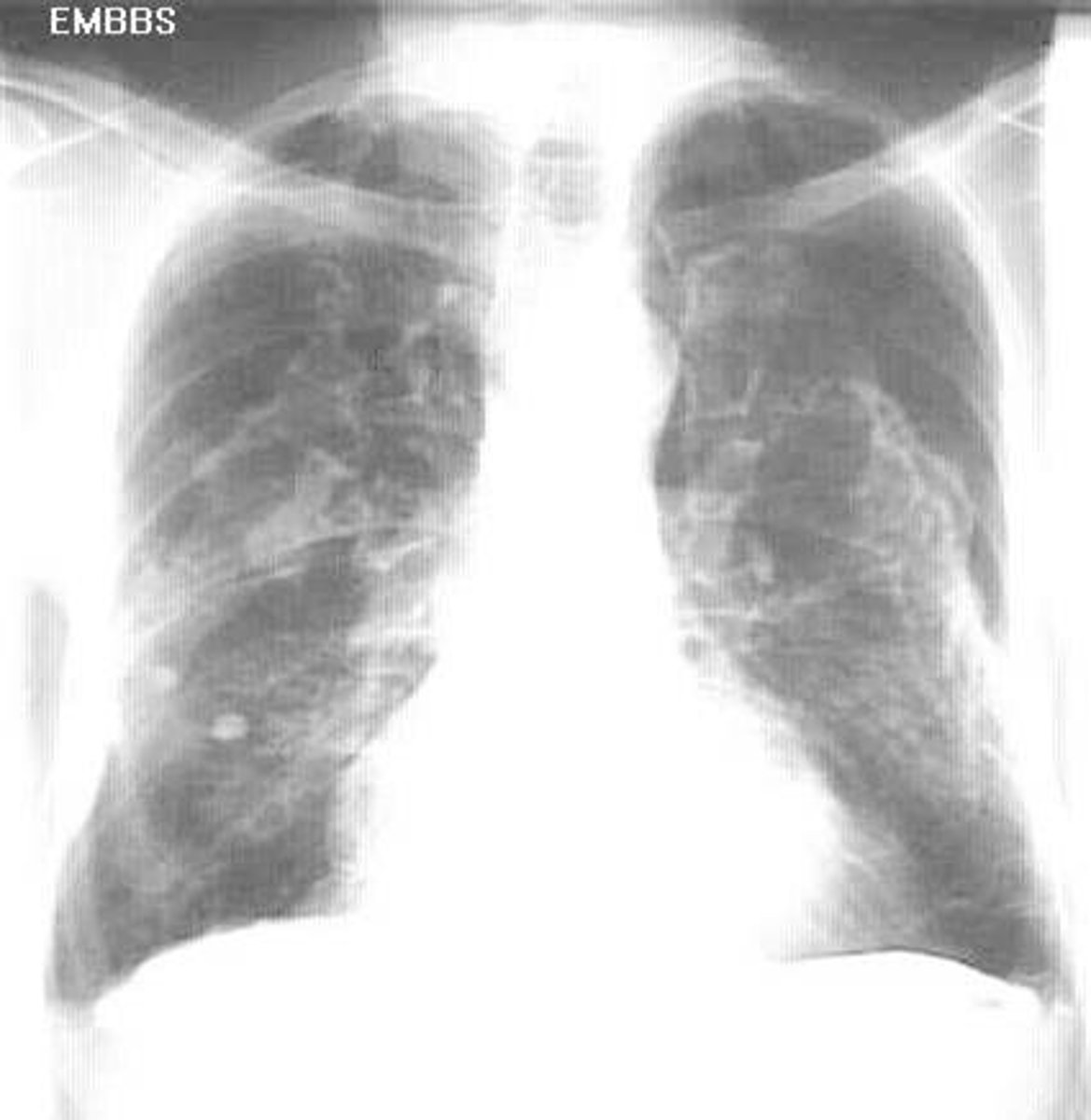Specialist Solid Wastes
1/15
There's no tags or description
Looks like no tags are added yet.
Name | Mastery | Learn | Test | Matching | Spaced |
|---|
No study sessions yet.
16 Terms
What are specialist wastes?
Solid wastes with particular risks and need to be separated and treated individually
Why are specialist wastes hazardous?
If they are released into the environment, they will cause serious pollution
Name the specialist wastes
Asbestos
Cyanide
What is asbestos? SMF
A silicate mineral fibre previously used as an insulating material and is carcinogenic.
Use has been virtually eliminated since its peak in the 1980s

What was asbestos used for?
- Strengthening cement roof panels
- Insulation
Why is asbestos dangerous?
- If asbestos disintegrates and the fibres become airborne, they can be inhaled.
- The fibres can cause irritation and lead to asbestosis.

What is asbestosis?
Scar tissue is produced in the lungs, and it thickens the alveoli, so gaseous exchange is slowed and breathing becomes more difficult

What cancer is caused by asbestos?
Mesothelioma

Mesothelioma
Cancer of the tissue that covers many internal organs, including the lungs
Takes decades to develop.

How many cases of mesothelioma are caused by asbestos?
Over 80%
Encapsulation of Asbestos
Asbestos wastes require special handling.
They need to be double wrapped in heavy duty polythene bags in a specialised landfill site where the waste contents are recorded
As long as asbestos is encapsulated and remains intact, it is not dangerous.

What is cyanide?
A chemical that evaporates quickly and prevents the cells from using O₂

Cyanide compounds
Cyanide compounds include triple bonds between carbon and nitrogen atoms.
A fourth bond links the carbon atom to an element such as hydrogen or sodium.

What are cyanide compounds used for?
- Manufacture of paper, textiles, and plastics
- Electroplating, metal cleaning, and gold extraction - These all use salts of cyanide
Why is cyanide dangerous?
- Cyanide poisons the mitochondrial ETC and renders the body unable to derive ATP from oxygen.
- It binds to the a3 portion (complex IV) of cytochrome oxidase and prevents cells from using oxygen, causing rapid death.
How to dispose of cyanide wastes?
- Incineration
- That way the carbon and nitrogen are separated and oxidised
- CO₂ and NOx's produced are a much smaller pollution problem in comparison